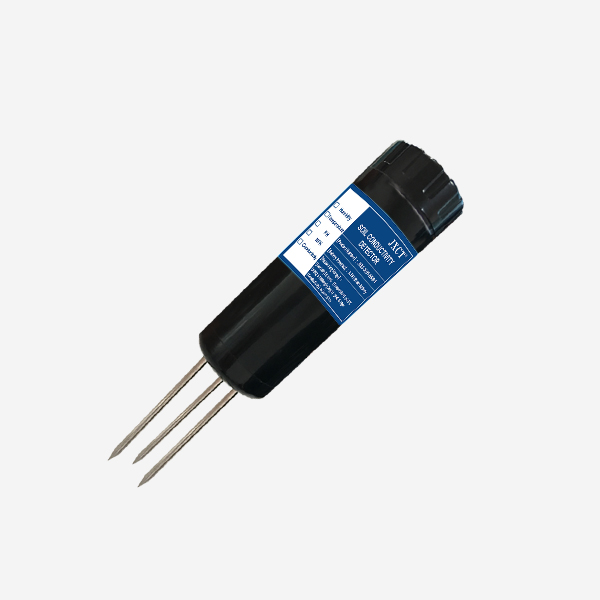Soil sensors are valuable tools in agriculture, environmental monitoring, and research. They provide crucial data on soil moisture, temperature, nutrients, and other factors that impact plant growth and ecosystem health. However, like all electronic devices, soil sensors require proper maintenance to ensure they function correctly and provide accurate data. This article aims to provide guidelines on how to maintain soil sensors.

Cleaning:
Regular cleaning is essential to keep soil sensors in good condition. Over time, soil particles, dust, and debris can accumulate on the sensor’s surface, affecting its accuracy and performance. To clean soil sensors, follow these steps:
Calibration:
Calibration is the process of adjusting a sensor’s output to match the known values of a standard. Regular calibration ensures that soil sensors provide accurate data. Calibration requirements vary depending on the type of sensor and manufacturer’s recommendations. However, some general guidelines for calibrating soil sensors include:
Follow the manufacturer’s instructions for calibration, which should be provided with the sensor.
Use the appropriate calibration solution for the sensor type. For example, use a pH buffer solution for pH sensors or a known salt solution for conductivity sensors.
Calibrate the sensor in the same conditions as when it will be used, such as the same soil type and moisture level.
Record the calibration data and date of calibration for future reference.
Storage:
Proper storage is crucial to extend the lifespan of soil sensors. When not in use, soil sensors should be stored in a cool, dry place. The sensors should be protected from direct sunlight, moisture, and extreme temperatures. To store soil sensors, follow these guidelines:
Remove the sensor from the soil and clean it as described above.
Check the sensor periodically for signs of wear or damage.
Maintenance Schedule:
To ensure optimal performance, soil sensors should be included in a regular maintenance schedule. The frequency of maintenance depends on several factors such as usage, environmental conditions, and manufacturer recommendations. However, some general guidelines for maintaining soil sensors include:
Clean the sensor after each use or at least once a month.
Calibrate the sensor every six months or as recommended by the manufacturer.
Replace worn or damaged parts promptly.
Check the sensor’s wiring and connections regularly for signs of wear or corrosion.

Conclusion: Soil sensors are essential tools in agriculture, environmental monitoring, and research. Proper maintenance is crucial to ensure their accurate performance and extended lifespan. By following these guidelines for cleaning, calibration, storage, and maintenance scheduling, users can ensure that soil sensors provide reliable data and contribute to efficient and sustainable practices.
